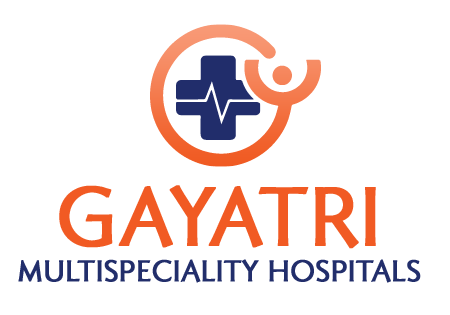Bronchoscopy is a technique to view straight toward the air routes in the lungs utilizing a thin, lit cylinder (bronchoscope). The bronchoscope is placed in the nose or mouth. It is dropped down the throat and windpipe and into the airways. A pulmonologist in ap would then be able to see the voice box (larynx), windpipe, large airways to the lungs (bronchi), and smaller parts of the bronchi (bronchioles). Consult a bronchoscopy doctor in Ongole at lung hospitals and get bronchoscopy treatment in Ongole.
Reasons behind doing bronchoscopy
- Diagnosis of a lung issue
- Identification of a lung contamination
- Biopsy of tissue from the lung
- Removal of bodily fluid, an unfamiliar body, or another deterrent in the aviation routes or lungs, like a growth
- Placement of a little tube to hold open an aviation route (stent)
- Treatment of a lung issue (interventional bronchoscopy), like bleeding, a strange limiting of the aviation route (injury) or a collapsed lung (pneumothorax)
There are 2 sorts of bronchoscope: flexible and rigid. The two sorts come in various widths. A rigid bronchoscope is a straight tube. It's simply used to see the bigger airways. It could be utilized inside the bronchi to:
- Remove a lot of emissions or blood
- Control bleeding
- Remove unfamiliar articles
- Remove diseased tissue (sores)
- Performing procedures like stents and different medicines
A flexible bronchoscope is utilized all the more regularly. In contrast to the inflexible degree, it very well may be dropped down into the smaller airways (bronchioles). The flexible bronchoscope might be utilized to:
- Place a breathing tube in the airways to assist with giving oxygen
- Suctioning the secreted enzymes
- Take tissue tests (biopsy)
- Put medication into the lungs
Bronchoscopy is safe for the vast majority. Notwithstanding, similar to every operation, there are a few dangers implied. Dangers might include:
- bleeding, particularly if a biopsy is finished
- infection
- trouble relaxing
- a low blood oxygen level during the test
Contact your lung specialist if you:
- have a fever
- are vomiting up blood
- have inconvenience breathing
- Chest torment
- Severe dry throat
